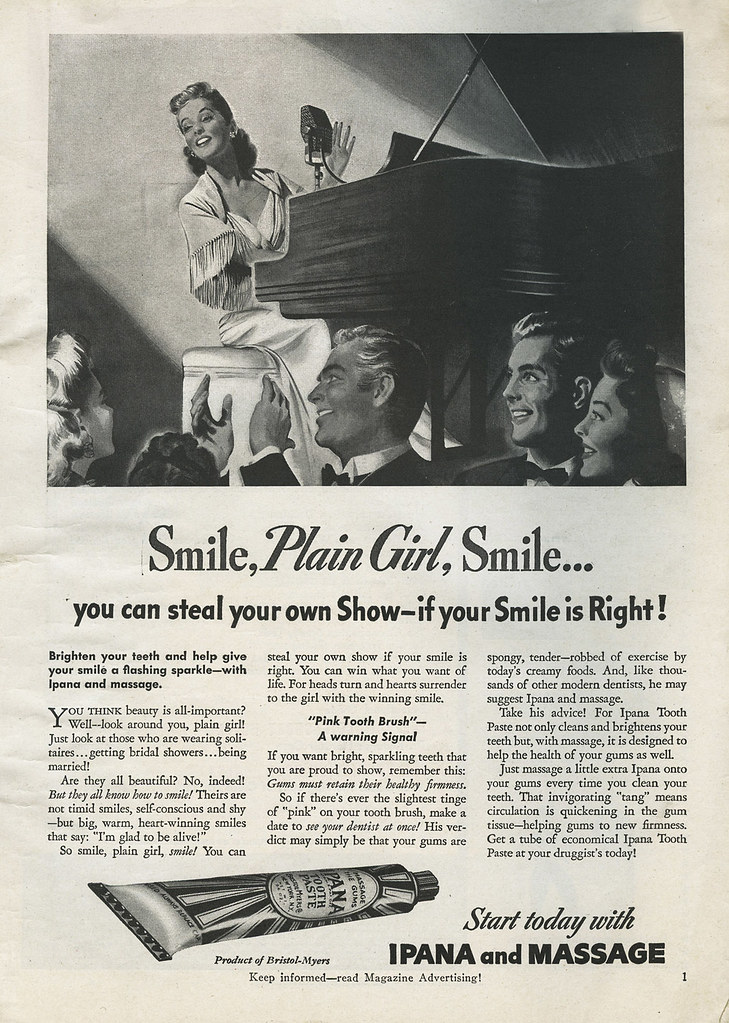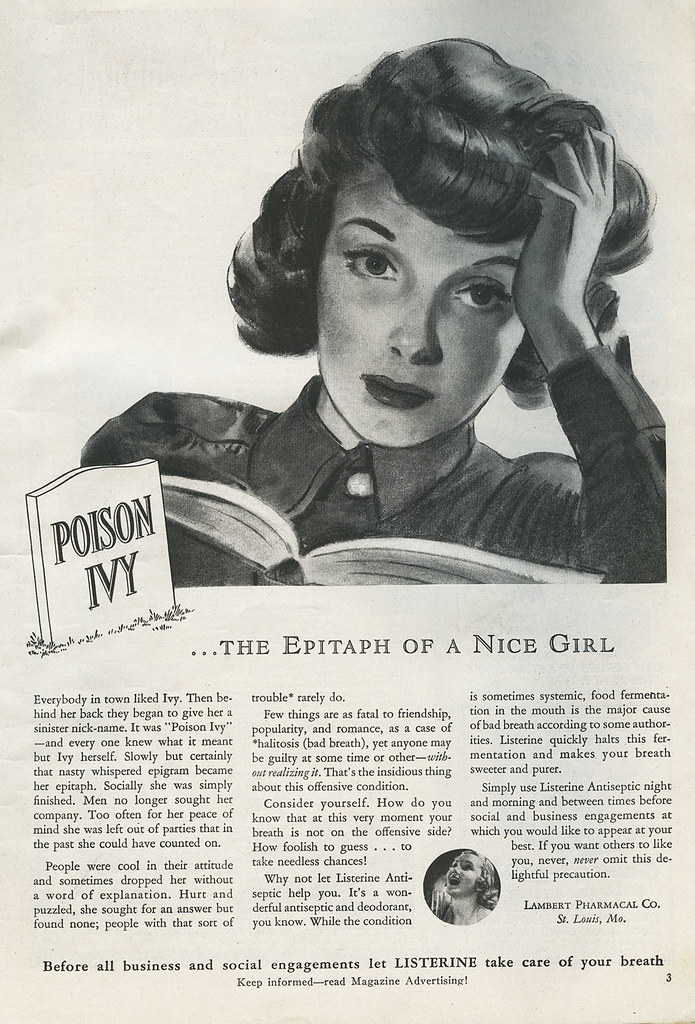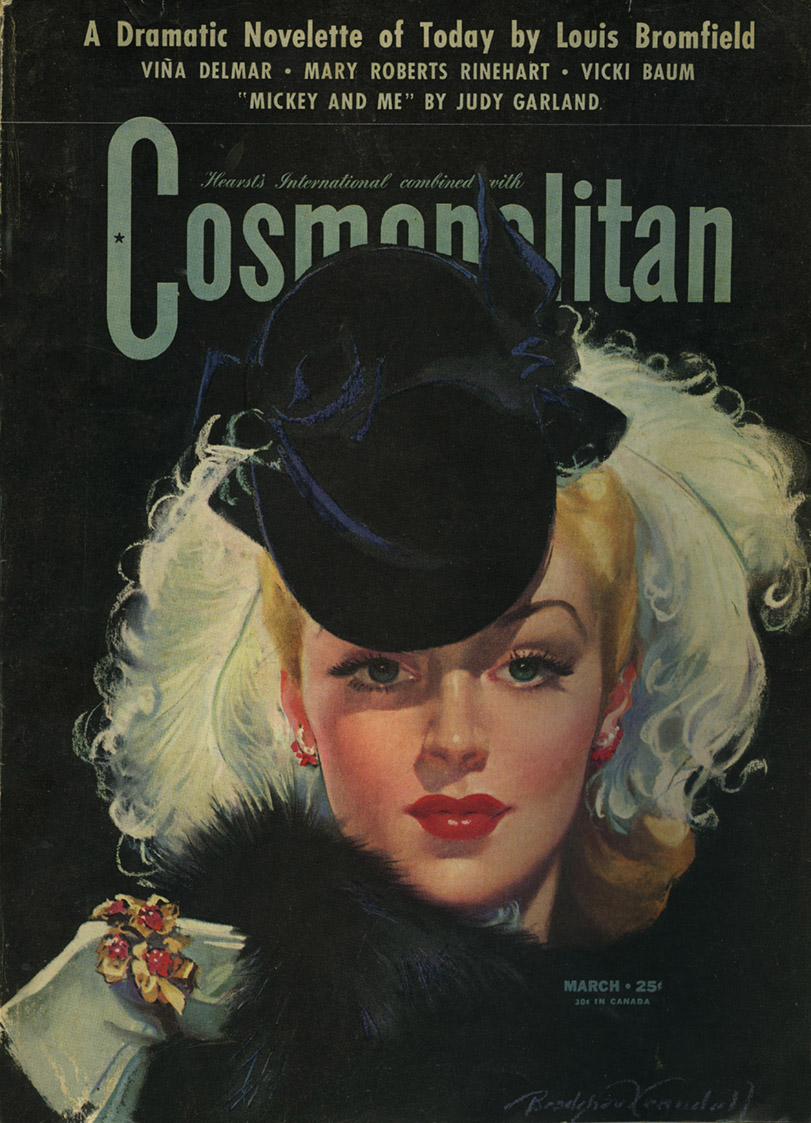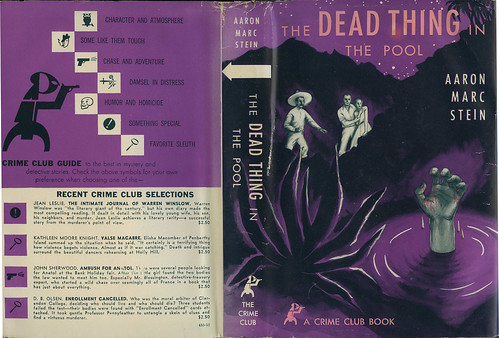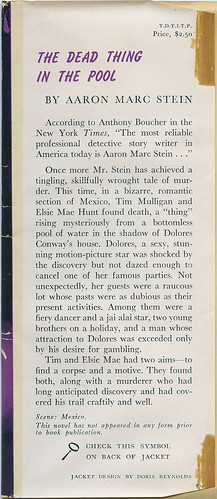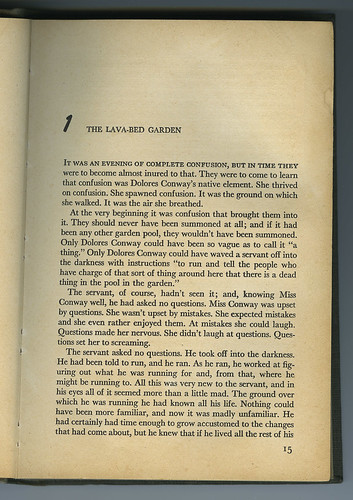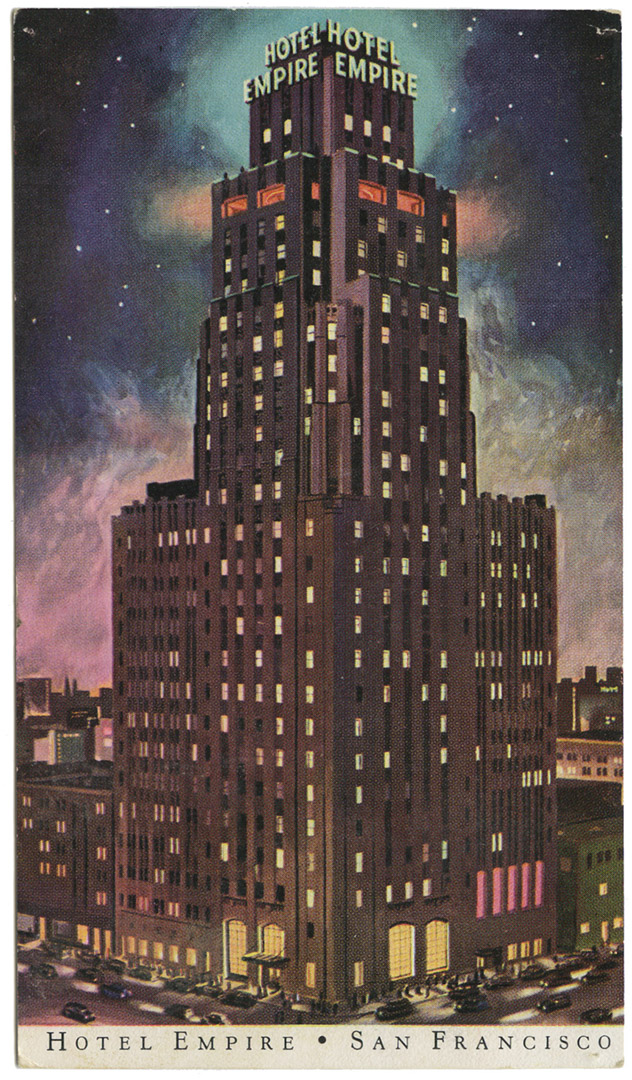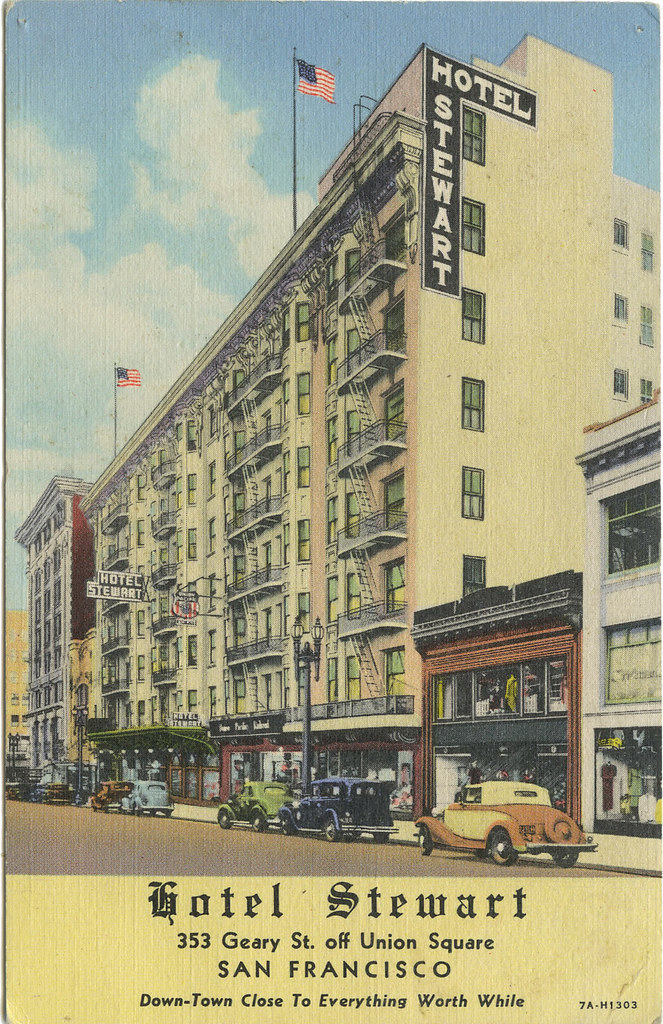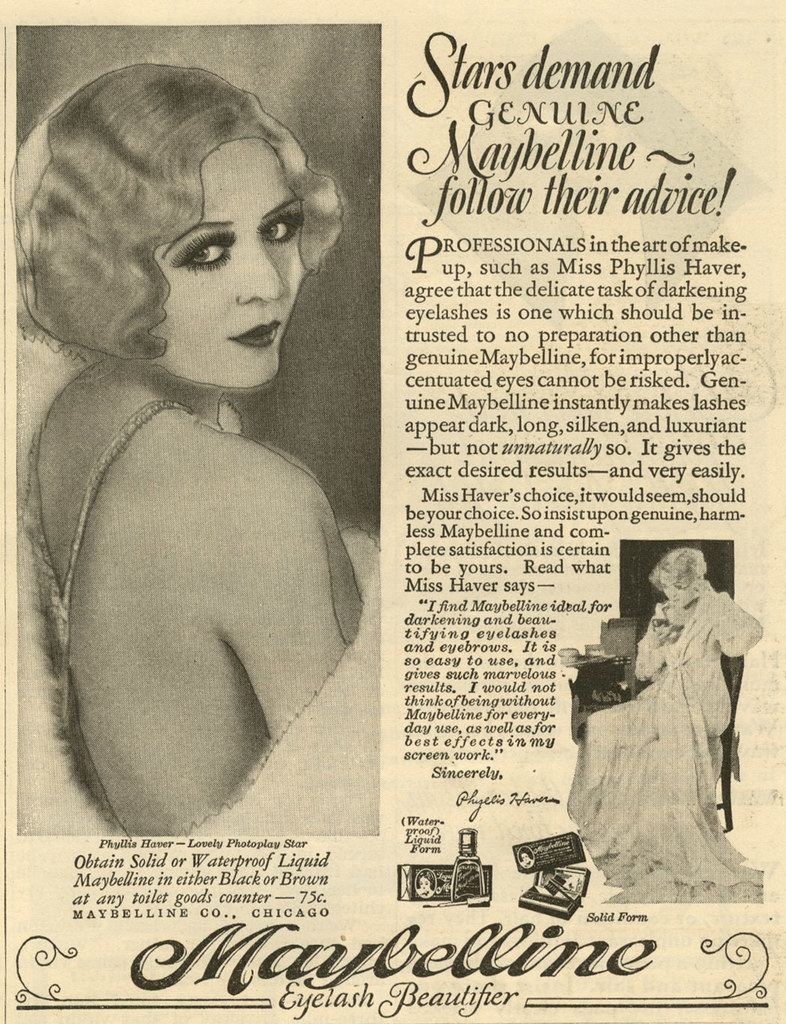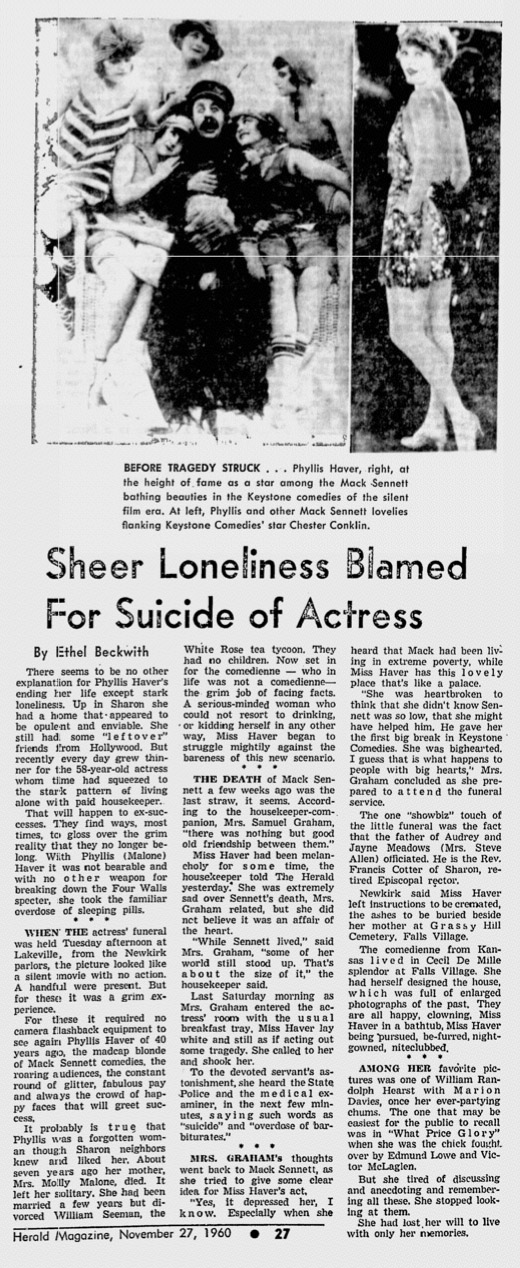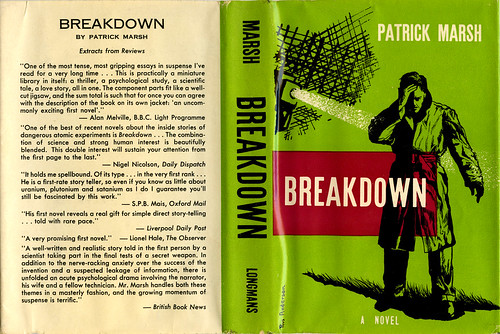
Remember that dreadful song that won the Academy Award a few years ago, something about "It's Hard Out Here Being a Pimp"? Seriously? Is it? I would hope so. But what about just being a woman? Now that's hard! Sometimes it just makes you want to throw your head back and scream like a banshee!
Here are two companies that first want to make you feel really bad about yourself and then, by the end of their copy, they'll try to build you back up if you use their products. And please note, in this case both have to do with your mouth. Other body parts will be dealt with in later posts.
First up Ipana toothpaste. Is it still made? I don't know. But one thing you find in a lot of magazines from the early part of the 20th century are ads warning against "pink toothbrush". In other words, bleeding gums, gingivitis. Now imagine having pink toothbrush AND being a "plain girl". How could you even drag your plain ol' self out of bed each morning. I mean... you're so...so...plain!
"You think beauty is all-important? Well--look around you, plain girl! Just look at those who are wearing solitaires...getting bridal showers...being married!"
Ummmmmmm...yeah, they're the same ones filing for divorce in 6 years. Okay, some don't, but Ipana is not the answer to life's problems. It's not just white teeth, or lack thereof that's the problem. No, there's a more heinous problem...que dramatic organ music...
"...your gums are spongy, tender--robbed of exercise by today's creamy foods."
What the...? I have to exercise my gums too? Who knew? Did I miss the memo? When I was at that 5 start spa resort a few years ago was gum massage included in the full body massage?
"Just massage a little extra Ipana onto your gums every time you clean your teeth. That invigorating "tang" means circulation is quickening in the gum tissue--helping gums to new firmness."
Okay, just a thought, and I know this might offend some people, but...can I apply Ipana to other body parts to increase firmness? This is something worth checking out. So I wonder what Ipana smells like because if I'm slathering this on other body parts I don't want to smell anything less than minty.
Click on image to see it larger...otherwise you'll never know how bad this is.
Okay, so you're lying in bed massaging your gums, worrying about life, and the fact you can't find Ipana at any store. The more you worry, the more you massage. For cryin' out loud...GET OUT OF BED PLAIN GIRL AND BANG THAT PIANO! All is not lost...unless you don't use the next product which is still available.
What makes you want to use a mouthwash more than the mere thought of your name on a headstone? I never realized that halitosis was a death sentence. (Note to self: read fine print of HMO contract to see if they will prevent me dying from halitosis or is that considered a pre-existing condition?)
"Everybody in town liked Ivy. Then behind her back they begain to give her a sinsiter nick-name. It was "Poison Ivy"--and every one knew what it meant but Ivy herself. Slowly but certainly that nasty whispered epigram became her epitaph. Socially she was simply finished. Men no longer sought her company. Too often for her peace of mind she was left out of parties that in the past she could have counted on."
Oh Ivy...Ivy...Ivy. You know those guys at the Tip-Top Lounge? They don't care what your breath smells like when it's 1 am and you suddenly look like Monroe in their drunken haze. Those guys will never notice your breath until the next morning and by that time theirs will be just as bad as yours. It's up to you Ivy. Swig back some Listerine or some Jack Daniels. You have to decide what it is you want in life.
"Simply use Listerine Antiseptic night and morning and between times before social and business engagements at which you would like to appear at your best. If you want others to like you, never, never, omit this delightful precaution."Okay, just stop right there! I personally never, never, found Listerine to be delightful. Especially the original recipe. I remember swirling that around my mouth as a child from the old glass bottles and it tasted bad. I'm not commenting on todays recipe. Have no idea what it tastes like. And if you do what they say won't you become sort of a neurotic Listerine addict? According to their instructions you're going to be slugging this stuff back all day long. Good for their pocketbooks, bad for yours.
Okay, well now I'm just depressed. I had garlic for dinner. I'm thinking I need to start checking out a nice granite headstone. You know, just as a backup. Or maybe I'll just throw my head back and scream like a banshee.
It's hard out here being a woman!
Click on image to see it larger.
